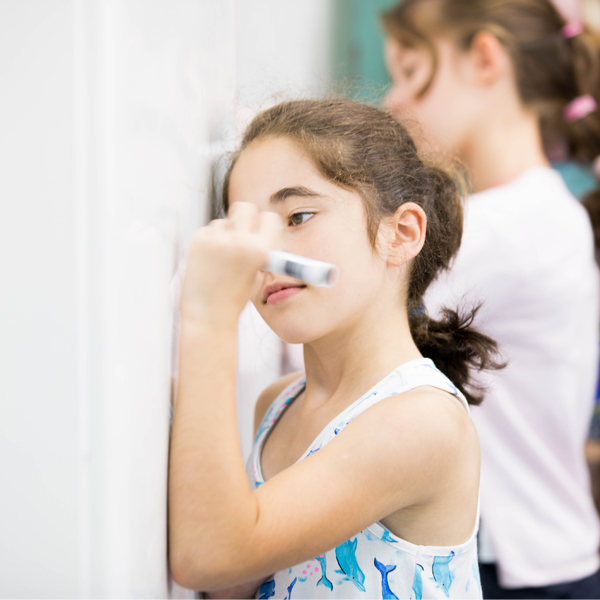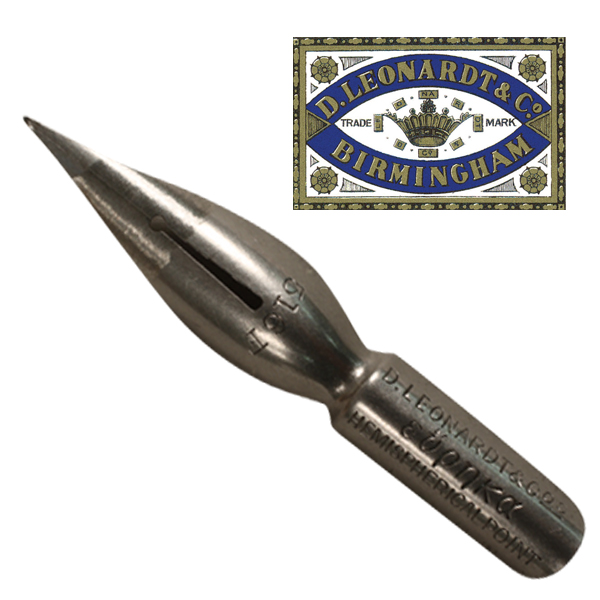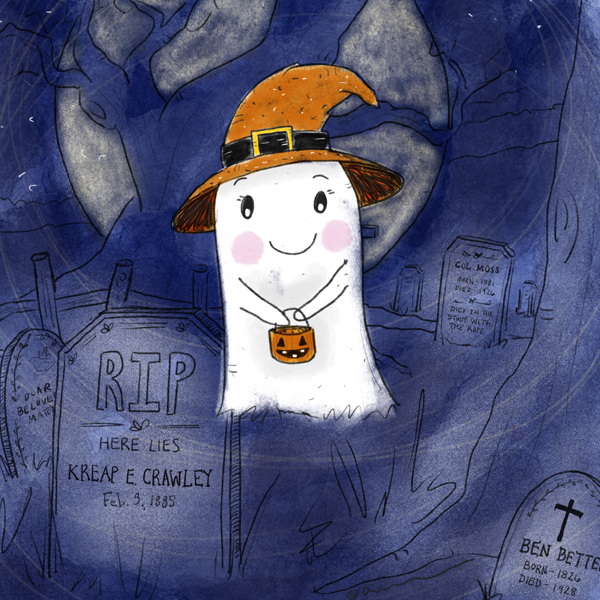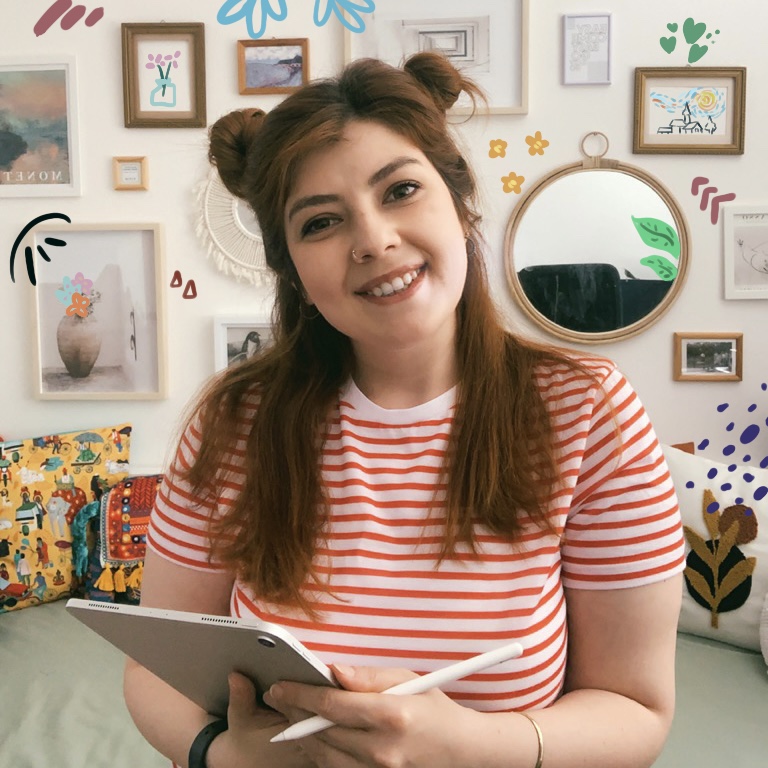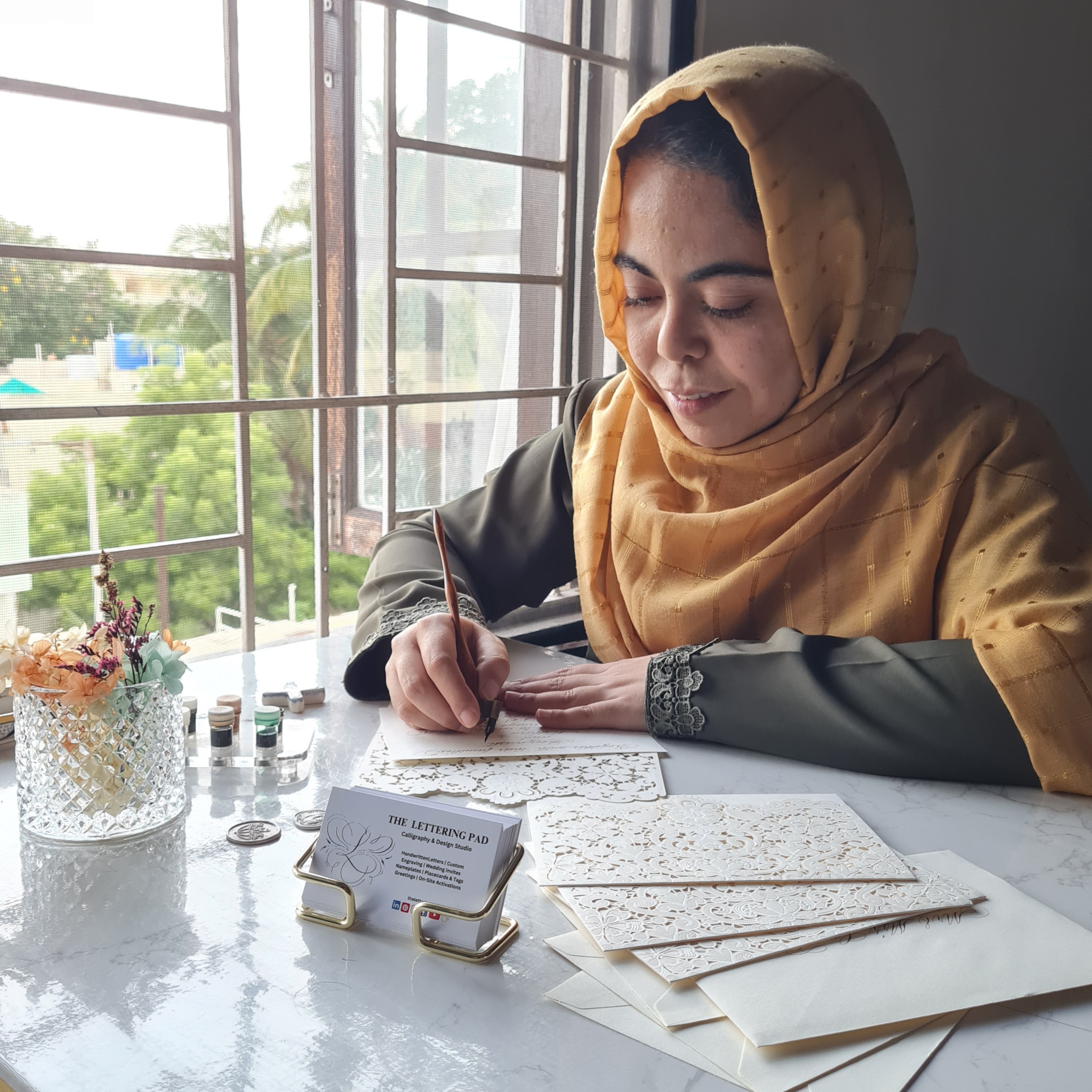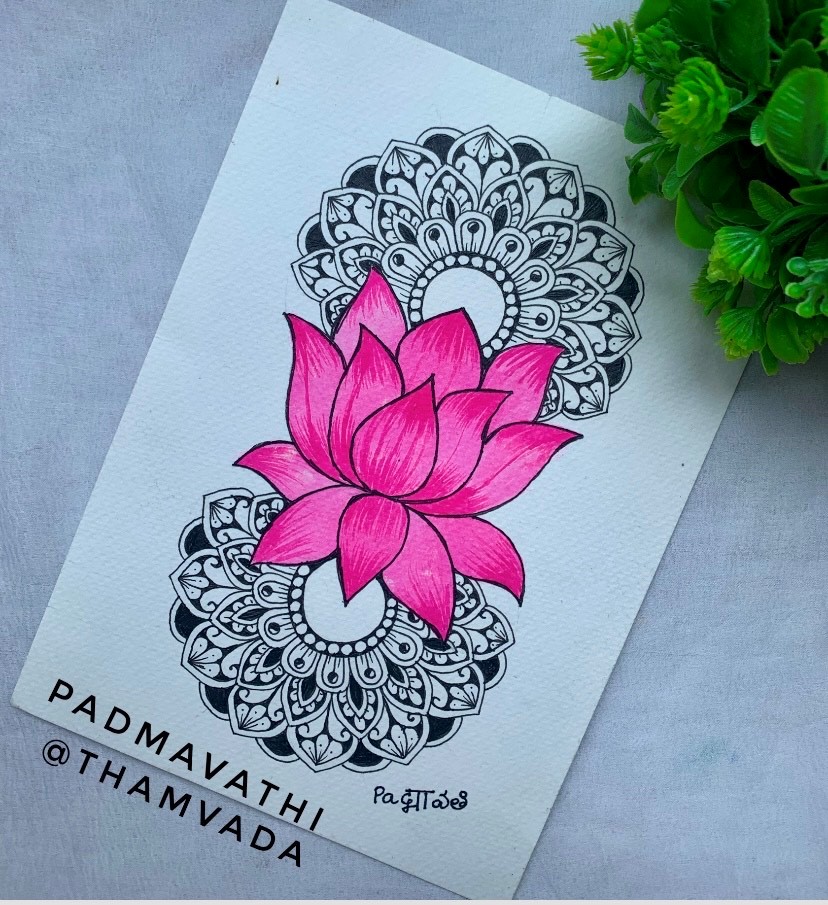By experimenting with different styles of calligraphy, you can put some specifics to what “neater” actually means, as well as helping kids with the technique to do so. And that’s before any budding artists in your midst notice that practicing calligraphy is going to improve their illustrations and paintings! When you hand write work, you can edit and amend your ideas, do several drafts whilst still having copies of what you’ve written before to refer to. If we get children to do this we, and they, can see the journey they’ve been on and how their story, poem or letter has developed. Computers have many great education benefits and for some people handwriting is simply not an option, but when we delete and edit a document we lose what has gone before. So harnessing technology alongside good old fashion writing is the perfect combination.

Why do we still need to handwrite though?
Steve Jobs famously said that without taking calligraphy classes, Mac computers would have lacked their different typefaces and proportionally spaced fonts, which were a unique feature and an important selling point when they were first released. It’s probably not surprising to hear that an eye for detail and making something look just right can bring you success later on in life. Calligraphy also falls into activities which can have real mental wellbeing benefits – much like the complex colouring books you may have seen in shops, as they can help kids switch off from the hustle and bustle and improve their ability to focus on a task.
Writing something by hand also shows that personal touch and that you care.
At work we often get members of staff posting a picture on social media of a thank you card from a customer or another member of staff. They get excited about receiving them and want to share the sentiment that the handwritten note shows. Rarely does an e-mail get the same reaction.
If you have children, what moments do you treasure?
The first time your child wrote their name or the first e-mail they wrote? Our handwriting is part of our personality and a way to express ourselves.

However, we know from experience over that it’s not always easy to get children to put pen to paper. At Explore Learning we have supported over 175,000 to improve their writing. Some fun new stationery can help alongside trying a few of the following:
- If your kids are starting to groan when they are asked to write something in neater handwriting, try using calligraphy to help! Think of what sort of handwriting you would use for a horror story, or a love story? What sort of handwriting do you think the Queen has? This way you can work on legibility and neatness but through a more exciting lens.
- Get your child to just write down what they think, get their ideas down and then they can always go back and edit it. You can proof read for spellings and grammar changes later, but if your child is too scared to make a mistake they won’t want to write in the first place.
- Use story boards and graphic organisers to help your child to plan what they are going to write. Having an idea of where your story is going can be really helpful. JK Rowling says that she always knew how Harry Potter was going to end, as well as some key plot points along the way, which helped her to write the books.
- Practise writing in small chunks, get your child to write out the shopping list and then think of an adjective to describe each item. Explore Learning are releasing a new writing activity every week over the summer to keep children writing when they aren’t at school. Download them at https://www.explorelearning.co.uk/summer/
- Make it fun, pick a word at random from a book and then see who in family can write the most amusing/scary/shocking sentence and keep a tally of winners on the fridge.
In the 21st Century we absolutely need to embrace technology and the beauty of computers is they can adapt work for each child’s ability, but the humble pen and pencil are still one of the best human inventions. If Roald Dahl wrote all his stories using just that then maybe, just maybe, handing a pen or pencil to your child could spark the imagination of the next greatest children’s author. (He used to have 6 sharpened pencils ready to write so probably best to get them a whole pack…and a sharpener).



